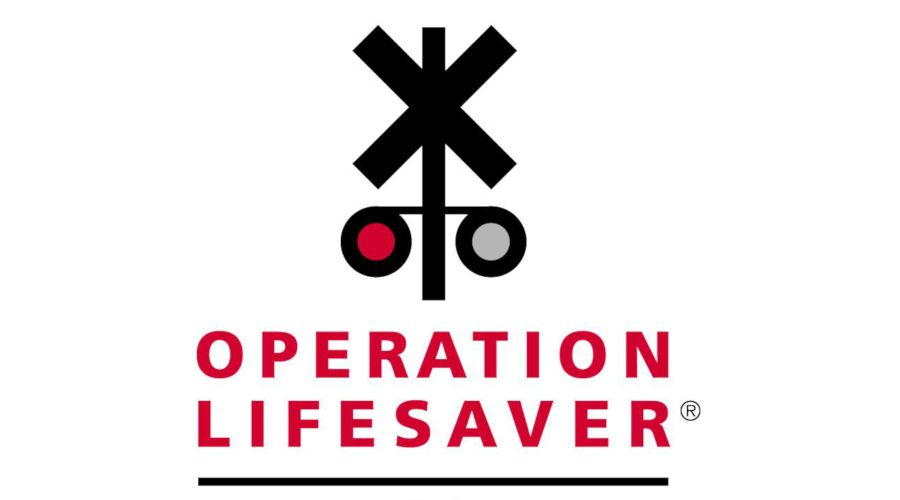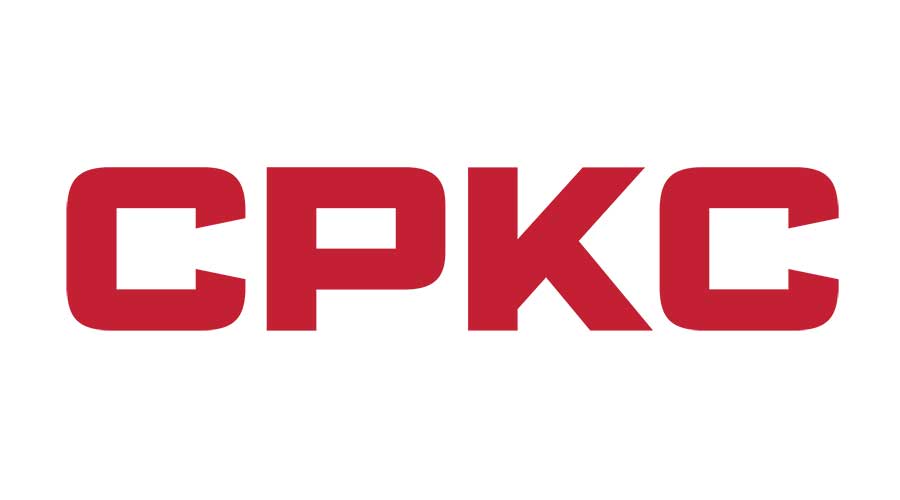Newsletter Sign Up
Stay updated on news, articles and information for the rail industry
Stay updated on news, articles and information for the rail industry
RAIL EMPLOYMENT & NOTICES
Rail News Home
Rail Industry Trends
Rail News: Rail Industry Trends
8/6/2009
Rail News: Rail Industry Trends
Updates from Ansaldo STS USA, Miner Enterprises, American Railcar Industries, Cubic and Pacer
advertisement
• Ansaldo STS USA was awarded a $24.7 million contract to supply a train control center system to the Port Authority Trans-Hudson Corp. (PATH). Ansaldo STS USA is centralizing the PATH communication network into a single, fully integrated system that includes centralized traffic control (CTC); supervisory control and data acquisition; closed circuit televisions; and integrated voice communications. The CTC system is based on Ansaldo STS USA’s Hermes™ platform, an office control solution that features advanced routing algorithms, integration with security systems, passenger information systems, voice telecommunication and enterprise management systems.
• Miner Enterprises Inc. will supply AggreGate® ballast discharge systems for Brazilian miner Vale’s ballast wagons. The air-powered AggreGate® systems can independently unload on the inside and outside of the rail via remote control; the large door openings enable faster discharge and the guillotine gate doors open and close immediately at bridges and crossings. The company will send a technical team to work with Brazilian rail-car manufacturer Amsted Maxion to “ensure that these cars meet all of Vale’s expectations,” said Miner Director of International Sales Bill O’Donnell in a prepared statement.
• American Railcar Industries Inc. (ARI) reported revenue and earnings declines for its second-fiscal quarter, which ended June 30. The rail-car builder recorded revenue of $109.9 million, a 46.3 percent decline compared with second-quarter 2008 revenue. ARI posted net earnings of $1.1 million, an 82.2 percent drop compared with 2Q 2008 net earnings. During the quarter, ARI shipped about 980 rail cars; in the same 2008 period, it shipped about 2,080 cars. “The softer rail-car market has and will continue to require us to evaluate our production levels at all manufacturing locations and we plan to adjust the workforce as needed,” said ARI President and CEO James Cowan in a prepared statement.
• Cubic Corp., the parent of automated fare collection systems manufacturer and services provider Cubic Transportation Systems, reported higher earnings on higher sales for its third fiscal quarter, which ended June 30. Cubic recorded sales of $248.2 million, a 6.6 percent increase compared with the total generated during the same 2008 period. Net income increased by 76 percent to $14.9 million; operating income increased 87.8 percent to $21.6 million. Meanwhile, the acquisition of a transportation systems service operation in July will “increase transportation systems backlog in the fourth quarter by more than $100 million,” the company said in a prepared statement.
• Pacer International Inc. reported revenue and income declines during its second fiscal quarter, which ended June 30. The freight transportation and logistics services provider recorded revenue of $376.7 million, a 27.0 percent decline compared with the total generated during the same 2008 period. Income from operations declined to a loss of $11.8 million compared with income of $22.9 million in the 2008 quarter. Pacer also posted a net loss of $7.3 million compared with net income of $13.4 million during the same 2008 period. “Though these remain extremely challenging times, we are very encouraged with the progress of our organizational improvement initiatives,” said Pacer Chairman and CEO Michael Uremovich in a prepared statement. “Also encouraging is the number of new customers and new business opportunities with existing customers that we are winning, particularly in our retail intermodal services area where both volume and market share improved year over year in the second quarter.”
• Miner Enterprises Inc. will supply AggreGate® ballast discharge systems for Brazilian miner Vale’s ballast wagons. The air-powered AggreGate® systems can independently unload on the inside and outside of the rail via remote control; the large door openings enable faster discharge and the guillotine gate doors open and close immediately at bridges and crossings. The company will send a technical team to work with Brazilian rail-car manufacturer Amsted Maxion to “ensure that these cars meet all of Vale’s expectations,” said Miner Director of International Sales Bill O’Donnell in a prepared statement.
• American Railcar Industries Inc. (ARI) reported revenue and earnings declines for its second-fiscal quarter, which ended June 30. The rail-car builder recorded revenue of $109.9 million, a 46.3 percent decline compared with second-quarter 2008 revenue. ARI posted net earnings of $1.1 million, an 82.2 percent drop compared with 2Q 2008 net earnings. During the quarter, ARI shipped about 980 rail cars; in the same 2008 period, it shipped about 2,080 cars. “The softer rail-car market has and will continue to require us to evaluate our production levels at all manufacturing locations and we plan to adjust the workforce as needed,” said ARI President and CEO James Cowan in a prepared statement.
• Cubic Corp., the parent of automated fare collection systems manufacturer and services provider Cubic Transportation Systems, reported higher earnings on higher sales for its third fiscal quarter, which ended June 30. Cubic recorded sales of $248.2 million, a 6.6 percent increase compared with the total generated during the same 2008 period. Net income increased by 76 percent to $14.9 million; operating income increased 87.8 percent to $21.6 million. Meanwhile, the acquisition of a transportation systems service operation in July will “increase transportation systems backlog in the fourth quarter by more than $100 million,” the company said in a prepared statement.
• Pacer International Inc. reported revenue and income declines during its second fiscal quarter, which ended June 30. The freight transportation and logistics services provider recorded revenue of $376.7 million, a 27.0 percent decline compared with the total generated during the same 2008 period. Income from operations declined to a loss of $11.8 million compared with income of $22.9 million in the 2008 quarter. Pacer also posted a net loss of $7.3 million compared with net income of $13.4 million during the same 2008 period. “Though these remain extremely challenging times, we are very encouraged with the progress of our organizational improvement initiatives,” said Pacer Chairman and CEO Michael Uremovich in a prepared statement. “Also encouraging is the number of new customers and new business opportunities with existing customers that we are winning, particularly in our retail intermodal services area where both volume and market share improved year over year in the second quarter.”


 2025 MOW Spending Report: Passenger-rail programs
2025 MOW Spending Report: Passenger-rail programs
 Gardner steps down as Amtrak CEO
Gardner steps down as Amtrak CEO
 Guest comment: Oliver Wyman’s David Hunt
Guest comment: Oliver Wyman’s David Hunt
 Women of Influence in Rail eBook
Women of Influence in Rail eBook
 railPrime
railPrime







